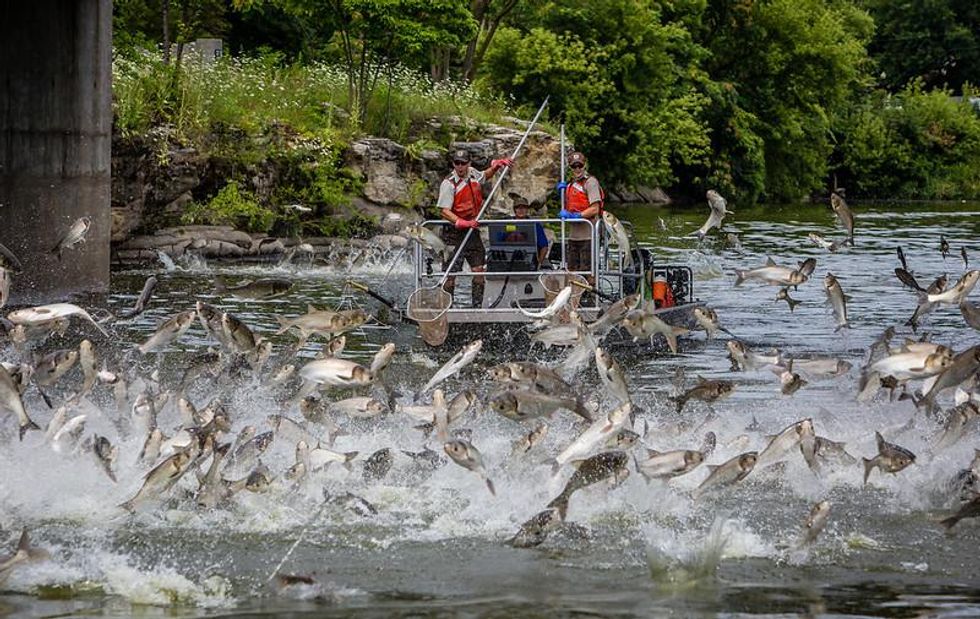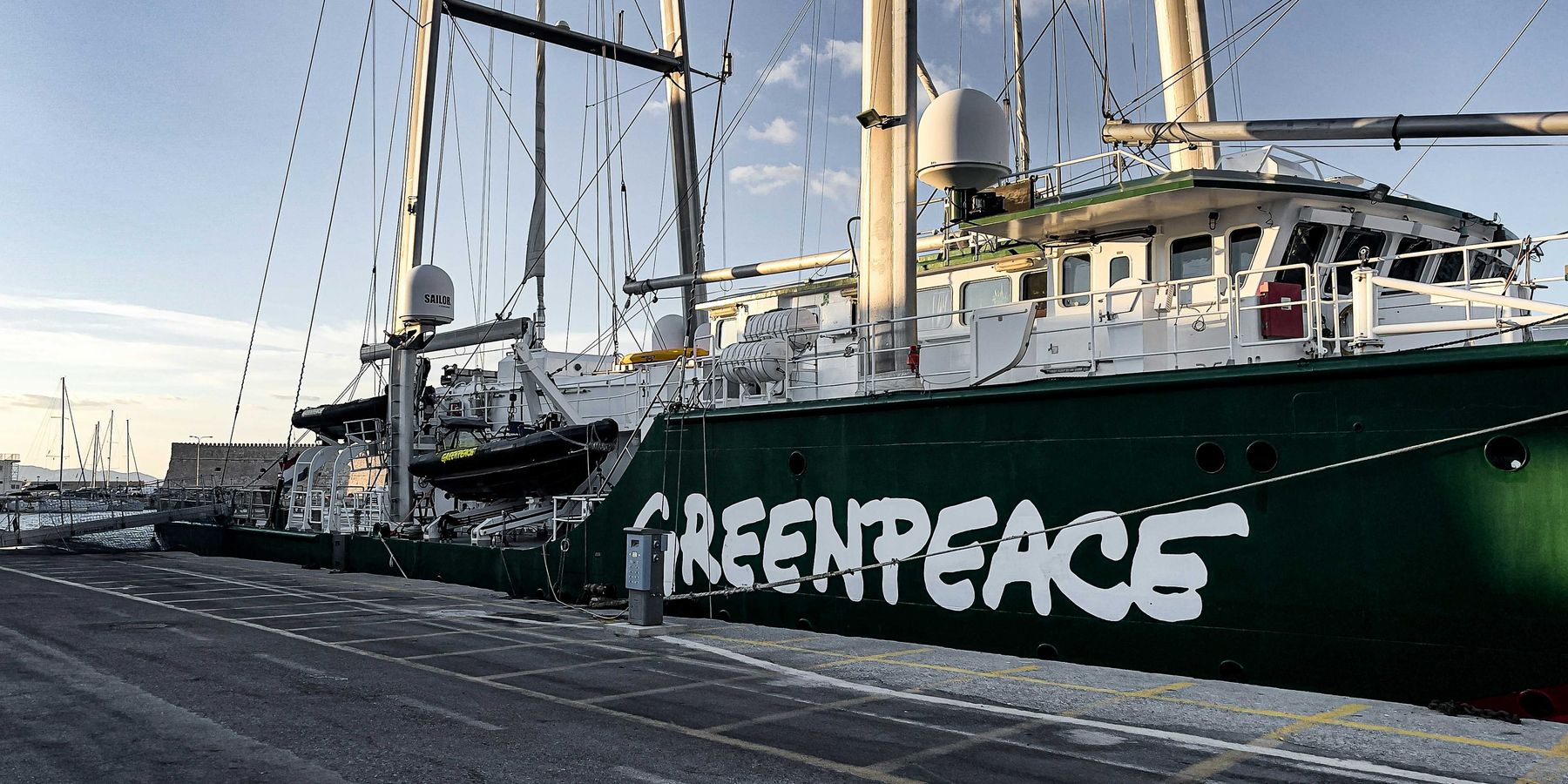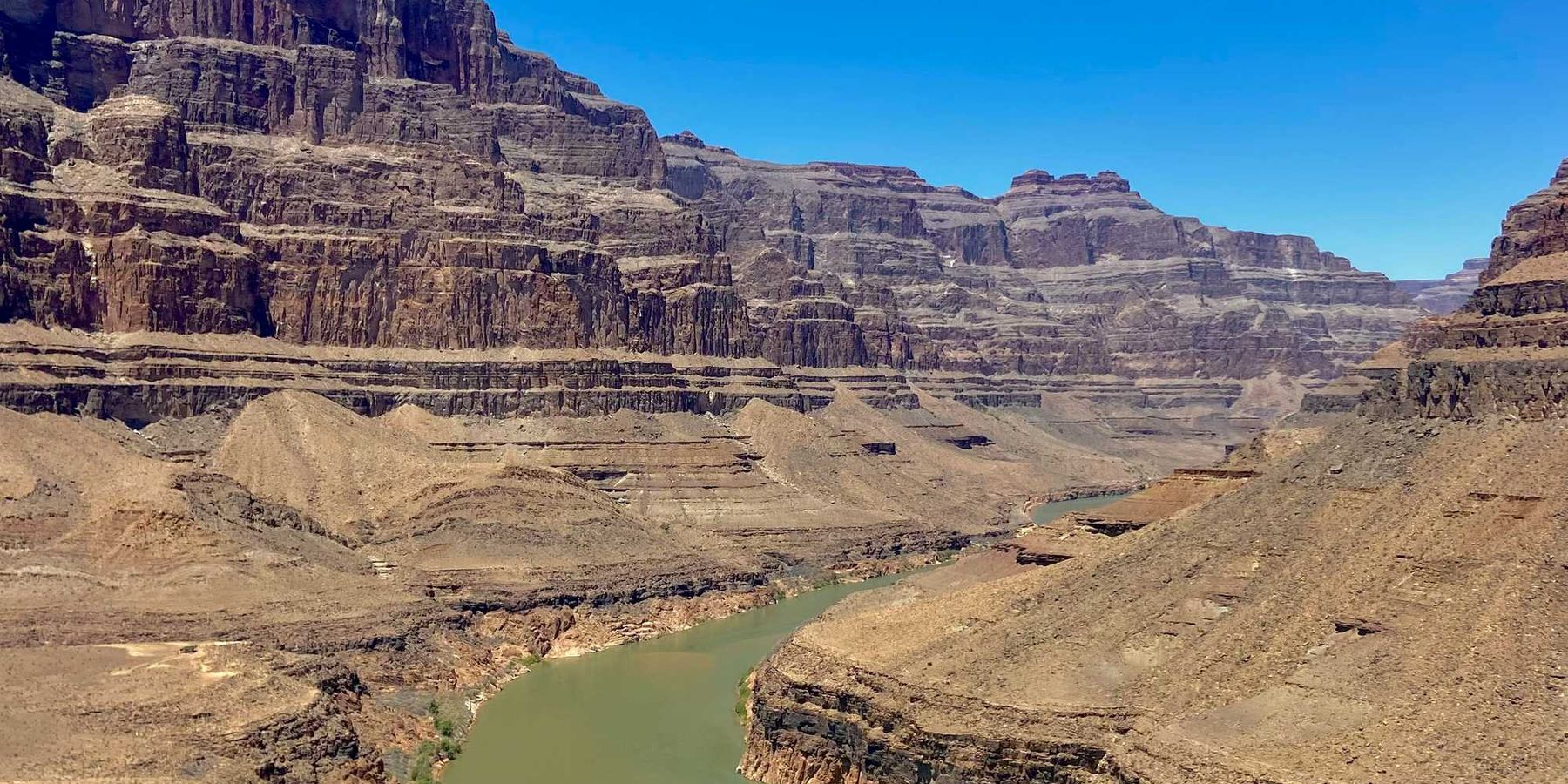Peter Dykstra: American Invasive Species Hall of Fame, part 2
Five more flora and fauna that have left their mark.
Sequels are rarely as good as the original. But here are five more invasive species for the American Invasive Species Hall of Fame.
You can see last week’s first five here.Burmese Python (Python bivittatus)
A native of Southeast Asia and one of the world’s largest snake species, the pythons became a hot (and legal) item in the pet trade in the mid-1990’s. When South Florida snake lovers realized their fully sized python could be 12 feet long and 200 pounds or more, pet owners took what they thought was the merciful course of releasing the snakes to the friendly habitat of the Everglades.
With no predators and a ready diet of rodents, livestock, birds, and possibly even a rare Florida panther, the Burmese python installed itself at the top of the Everglades food chain. The U.S. finally outlawed import of the pythons in 2012.
Record-setting Everglades pythons have topped 18 feet and 400 pounds. They’ve been found well north of the Glades and along the Florida Panhandle. Despite well-organized python “roundups” the snakes are probably permanent residents of Florida.
Zebra mussels (Dreissena polymorpha)
First detected in North America in Michigan’s Lake St.Clair in 1988, the thumbnail-sized shellfish is presumed to have hitched a ride in a ship’s ballast from its Caspian Sea home.
Zebra mussels prefer fast-moving water, and often cluster at intake pipes for factories, power plants, or municipal water works.
Once established, zebra mussels are tough to remove. Constant inspections are needed to avoid water intake shutdowns due to clogged pipes. Thoroughly established in the Great Lakes region, zebra mussels are pushing westward in rivers and streams. They’ve also conquered portions of the Ohio and Tennessee river systems.
Asian carp (Hypophthalmichthys molitrix and several other subspecies)

In the generally un-funny world of invasives, Asian carp can provide a little comic relief.
Mainstays in some home aquaria, Asian carp can outgrow their welcome, with a maximum of almost 20 pounds. Released by aquarium owners into rivers and streams, the carp quickly rose to the top of the food chains in sections of the Mississippi and Illinois river systems, where they quickly outcompeted native species for grasses and plankton.
Also, an Arkansas fish farm brought in carp during the 1970’s to help clean algae from their tanks. When the job was done, the carp were released to the wild.
Did I say they were funny? Funny how?
Juvenile carp are sensitive to loud noises. An outboard engine will send the fish into a frenzy, breaching as much as 10 feet out of the water.
The longtime anglers’ prayer that fish will literally jump into your boat can come true with Asian carp.
There’s a concerted effort to keep the carp from overtaking the Great Lakes' sizable commercial fishery.
Hemlock Woolly Adelgid (Adelges tsugae)
First noticed near Richmond, Virginia, in the 1950’s, this tiny ball of white fur has a ravenous appetite for the sap of the Eastern Hemlock.
Over the next few decades, the adelgid’s range reached the hemlock stands of the Appalachians. Stately trees died from the crowns on down, with understories taking the hit as well. Streams once kept cool by the shade of the giant trees now cooked.
Eastern hemlocks range from Georgia to Maine and Nova Scotia, and west to Wisconsin. The adelgid hasn’t quite caught up yet, but with no practical defenses, natural or manmade, they’re on the way.
Brown Tree Snake (Boiga irregularis)
Amid the death and sorrow of World War II, there was a constant commerce of just about everything to just about every corner of the Pacific. It’s probably how the brown tree snake hitched a ride on cargo ships from its home in Indonesia to Guam.
Related: American Invasive Species Hall of Fame, part 1
With no natural predators, brown tree snakes had a field day. Even iconic species like the flightless Guam rail disappeared.
When the last eggs were gone the snakes had little trouble finding more food. They covered the island. Their four-foot bodies stretched from one powerline to the next. The island’s power grid ran on a World War II surplus generator. Every couple of weeks, brown tree snakes shorted out Guam’s power.
In addition to overrunning Guam, brown tree snakes are semi-aquatic and mildly venomous. There are a few reported cases of snakebites on the toilet.
Honorable mentions
Our readers kicked in a few suggestions of their own.
Norway hemlock and Norway rats; feral hogs and feral housecats; mesquite, quagga mussels; Asian longhorn beetles; emerald ash borers; mitten crabs and snails (giant and rosy wolf).
But consider this: several folks pointed out that with an unparalleled record of destroying oceans, forests, skies, and more, one species is easily the most destructive and disruptive.
Us.
Contact Peter Dykstra at @pdykstra or pdykstra@ehs.org if you have suggestions for future invasive icons.
.Dykstra is our weekend editor and columnist. His views do not necessarily represent those of Environmental Health News, The Daily Climate, or publisher Environmental Health Sciences.













